LED light therapy is one of the most effective tweakments around for skin rejuvenation, acne clearing, wound healing, and soothing inflammatory skin conditions like rosacea and psoriasis.
It’s also one of the few ‘procedures’ you can safely carry out yourself at home, with some of the exact devices you’ll find in clinics, because LED therapy has such a strong safety profile and there are basically no side effects or contraindications. That being said, there are a lot of – expensive – home-use LED devices on the market that simply don’t perform because the technology they use isn’t powerful enough to get real results.
We get asked for our opinion on so many different devices, so we thought it was time to give you some clear guidelines on exactly how to choose an at-home LED device that’s worth the investment and won’t let you down.
What can LED light therapy treat?
Based on extensive research, LED devices have been cleared by the FDA and shown to manage:
- Mild to moderate acne
- Superficial, benign vascular and pigment lesions
- Periorbital wrinkles
- Sub-optimal local blood flow and circulation
- Minor muscle and joint aches and pains
- Pain and stiffness associated with arthritis
- Minor arthritis or muscle spasms
- Minor chronic neck and shoulder pain of musculoskeletal origin
- Hair loss.
What is a wavelength, and which are the most effective and safe in LED light therapy?
Wavelengths can also be thought of as colours that have different uses – red, blue, and near-infrared (NIR) are the most effective. Sometimes you’ll see a device with green, too, but red, blue and near-infrared have been widely shown to increase the production of ATP (the ‘battery’, or energy source) in cells which are compromised due to ageing, illness, disease, or just poor lifestyle choices.
Blue light addresses acne issues, while red and near-infrared decrease inflammation and increase micro-circulation to bring more oxygen and nutrients to the area. In aesthetics, red and near-infrared LED light are particularly desirable for their ability to stimulate fibroblast activity and boost collagen and elastin production – which leads to firmer, stronger skin. No other wavelengths are more broadly supported in credible scientific research.
Many scientific papers have shown that the longer the wavelength, the deeper the penetration. For red wavelengths the ideal range is 630 -700nm, while for near-infrared it’s 700-900nm. Most of the better devices use NIR wavelengths in the 800-900nm range for their ability to penetrate so deeply. A blue wavelength between 400-470nm is required for treating acne effectively.
How does LED light help to manage acne?
The acne absorbs the blue light (and to a lesser extent, red), stimulating photochemical reactions that generate free radicals that are toxic for the acne-causing bacteria. Using a device with red light will reduce the inflammation associated with the acne lesions, stimulate healing, and reduce the potential for scarring.
What about power? How powerful of a device do I need?
The acceptable range of energy delivery for an effective LED device is measured in Joules and should be in the range of 2-10 J/cm2. However, the efficacy of a light therapy session depends on the amount of energy absorbed by the cells. Therefore, it makes sense to choose a shape-taking LED system which can flex and contour to the treatment area for optimal and consistent energy absorption. Laws of optical physics have established that the closer the light device is positioned to the skin, the more energy is absorbed.
The amount of energy emitted at the surface of an LED device is not relevant – it’s about how much is available for absorption at the skin’s surface. The correct parameters will result in processes known to promote anti-ageing, enhance wound healing, reduce pain, and improve acne, as well as other clinical benefits.
Which LED devices do we prefer at TTG?
We much prefer professional devices that are medically certified for the treatment of medical conditions – like the Dermalux Flex or the seriously flexible panel device, the Celluma Pro. The large treatment area has the distinct advantage over rigid devices, where the distance between the light source and skin is difficult to keep constant, leading to inconsistent light absorption. While handheld LEDs are ideal for spot treatment and are normally used directly on the skin, they lack efficiency and aren’t as versatile due to the small treatment area.
How long should I use my device for?
It takes cells a certain amount of time to absorb enough energy to effect a change at the cellular level. High-quality LED devices need 20-30-minutes to deliver a full therapeutic dose of energy up-regulating cellular activity for up to 48 hours post-treatment. This is how a quality LED device achieves observable changes in skin, pain, hair and wound conditions.
Do I need to remove my makeup before use?
Yes. Many makeup formulas contain minerals that may deflect light, and any face cream or oil on the skin can also distort the light. Clean, freshly washed skin is recommended for best results.
Can I apply makeup after a treatment?
Yes, you may resume all normal activities immediately following use.
How often can I use it?
This can vary depending on the device in question. Follow the manufacturer’s instructions. Generally speaking, you can use light therapy as often as you wish.
How do I know if I’m buying a quality device?
Look for an FDA-cleared LED device, this guarantees it has been reviewed for efficacy and safety.
Is it better to buy one device for one indication or a device that treats multiple concerns?
It’s worth investing in one multi-functional device. A single device should be able to meet all your skincare and pain management needs and be capable of being used anywhere on the body. Plus, who wants multiple devices lying around at home?
Are there any harmful side effects to using LED light therapy?
LED devices are considered extremely low risk when used as intended.
Is a laser the same as LED?
No, laser machines are completely different than LED devices and should only be operated in a clinic by a trained professional. Some companies market their LED devices as lasers, which is both misleading and dangerous.
Does light therapy hurt?
No. Light therapy is non-invasive and is painless when used as intended.
Does pulsing make a difference?
It’s good to have this feature as an option on your device. Delivering the light energy in a pulsed manner has been shown in clinical literature to enhance the cell’s ability to absorb more energy over the treatment period.
Does light therapy use UV light?
No. Reputable manufacturers use a combination of blue, red, and near-infrared (not visible to the naked eye) light-emitting diodes (LEDs) only.
Related Stories
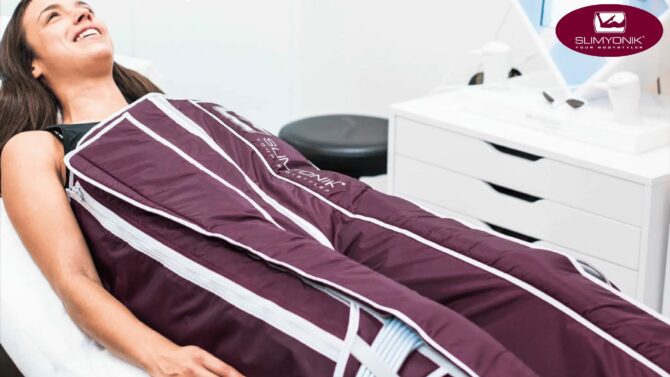
Body contouring
Would You Try This Inflatable Suit To Tone Your Body?
We’ve always been told that lying back and relaxing won’t do a thing to transform our bodies...
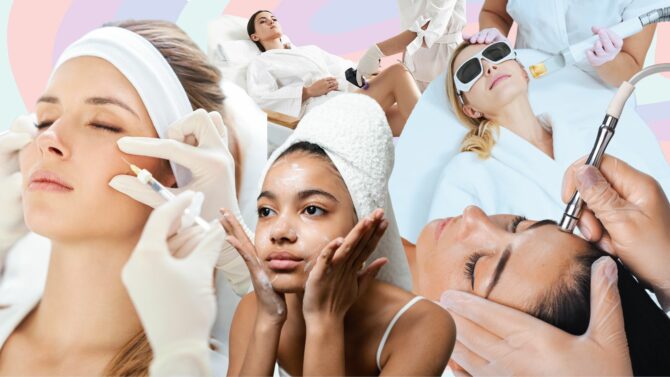
Concerns
The Tweakment Ladder: How To Take Your First Steps In Tweaks
Given the huge number of tweakments available, it’s increasingly hard to work out where you should...
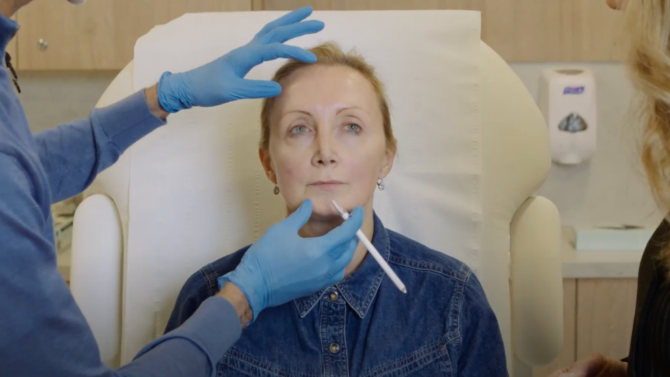
Tweakments
Less Is More – How To ‘Press Pause’ On Ageing With Natural-Looking Filler
Can we really ‘press pause on ageing’ using dermal filler? Alice visited globally-renowned...
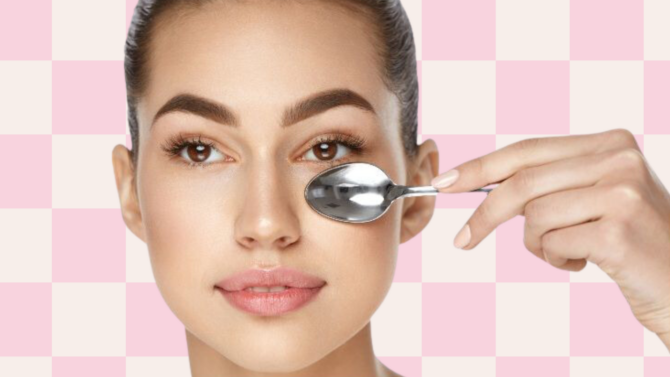
Tweakments
Three Free Tweaks
After my recent story about The £1000 face, I thought I’d better tone it down a bit and write...

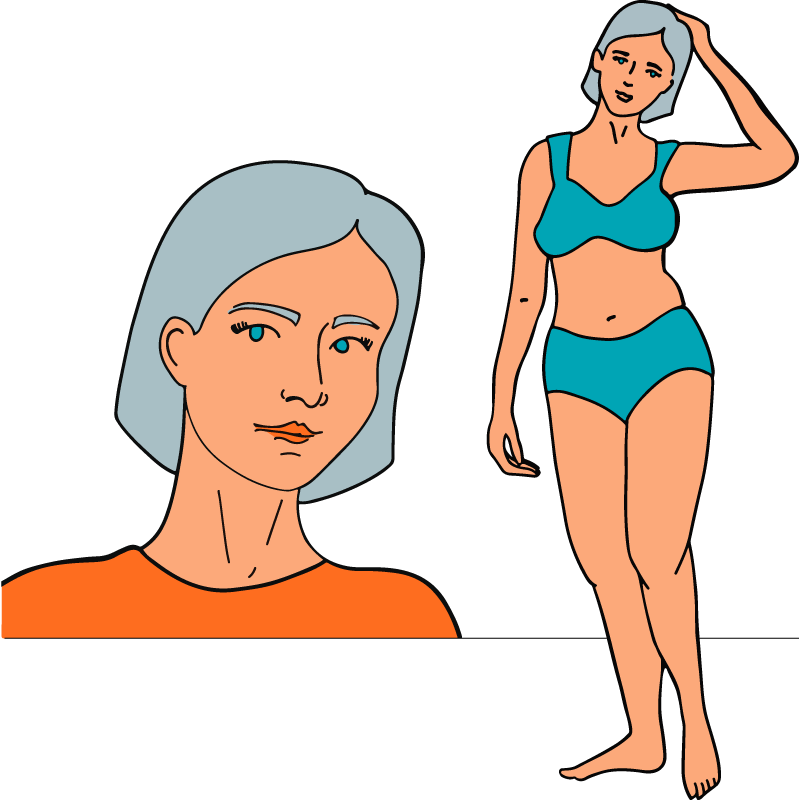

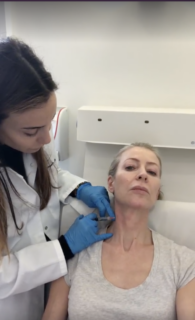
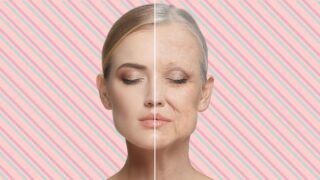
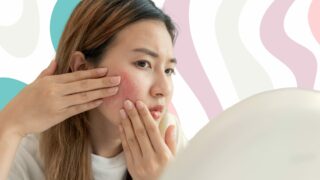

 The Tweakments Chatbot
The Tweakments Chatbot